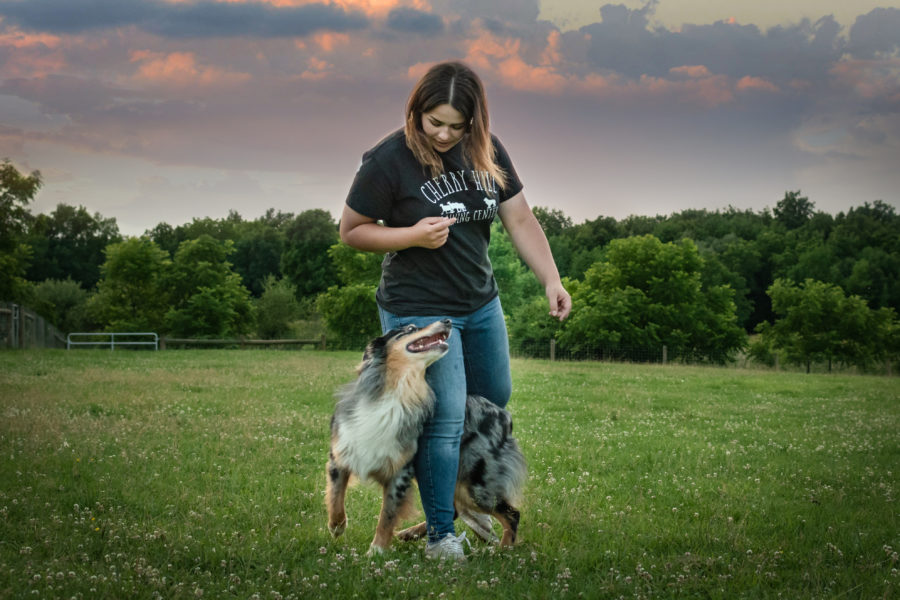You don’t need to buy a herd of sheep in order to engage your dog’s herding drive. Here’s a few simple ways to stimulate her instincts.
Before you attempt to satisfy her instincts, it’s important to understand your herding breed’s basic needs and how her brain works. This plays a big role in being able to give her the mental and physical exercise she requires to be a happy and healthy pet.
The history behind each breed is fascinating. Each type of herding dog has a particular set of skills needed for the job they were bred for. For example, most Australian Shepherds or Border Collies are eager to please, while more stubborn breeds like the Australian Cattle Dog often need another reason “why” they should do what they’re asked. But this variation between breeds is what makes herding dogs so complex and interesting!
Stockdogs have existed for thousands of years. Selected for their innate ability to control and effectively move livestock, these dogs were chosen by shepherds and cowboys because they knew to quickly read behaviors in livestock and correct them as needed. They could work long hours with few breaks, and were so fiercely loyal that they would protect the herd and its owner at all costs. They were also known for their willingness to endure harsh terrain and oftentimes dangerous livestock.
Satisfying your herding dog
Your herder needs plenty of physical exercise – but more importantly, mental exercise. Herding dogs shine when you engage their minds, and they have a lot to offer in the smarts department. Help them be productive with their brains or you’ll end up with a pup that makes up her own jobs… and you might not like what she decides.
Engage her in tactful play
Tactful play is an easy way to teach your dog new skills and tricks while having fun. Start by rewarding (or “marking) simple behaviors like your dog laying down when she brings you the ball. Then work up to harder behaviors – for instance, you can ask her to weave in and out of your legs before you throw her Frisbee. Get creative, and always look at this exercise as “free choice”. It’s a time for you to see what your dog will offer you, and for you to mark what you like.
Play hide-and-seek
Playing hide-and-seek engages your dog and encourages her to think about how to find you. This skill can come in handy when practicing your recall in a more formal training session.
Make mealtime purposeful
Take meal time to the next level by getting your herder to do a few tricks in exchange for her dinner. This will stimulate her innate need to work.
Try treibball!
Treibball is a herding-like sport you can do in your backyard. It involves herding large balls in goals, and sharpens your dog’s obedience and problem-solving skills.
Taking her training to the next level
If you’re looking at getting into the time-honored tradition of herding livestock but don’t have access to stock on a regular basis, you can:
⦁ Contact your local breed clubs and ask if they have a mentorship program or any upcoming herding events.
⦁ Take herding clinics and seminars. For a lower cost option, ask to audit them instead of getting a working spot.
⦁ Find a knowledgeable herding instructor that is happy to show you how they train beginner dogs.
⦁ Get herding books and watch videos or competitions and training online.
As herding dog parents, it’s our job to give these brilliant dogs the lives they crave and deserve. But above all, it’s important to have fun with your dog and enjoy learning her rich history. It’ll enrich the bond you share with her, and may even help you understand why she keeps driving the cat into a corner!








